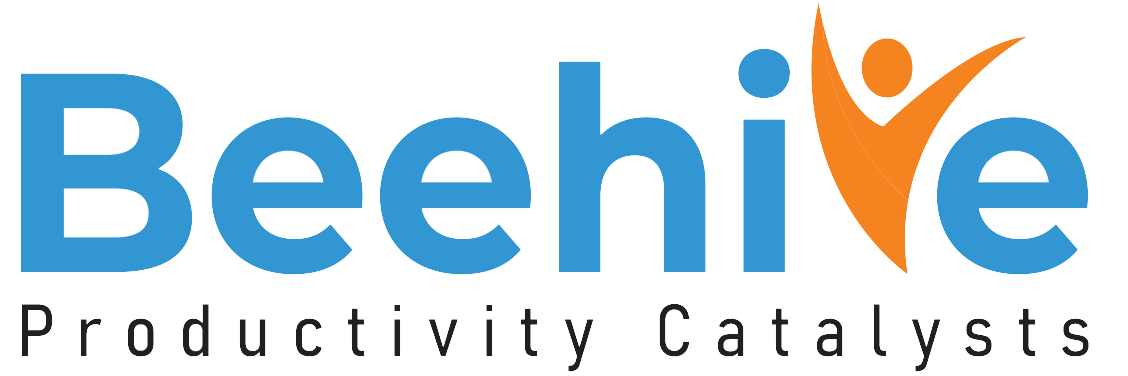Conducting Comprehensive Employee Performance Reviews: Beyond the Annual Checkbox
Remember the last time you sat through a performance review? If you are like most of us, it probably involved skimming through a document the night before, having an awkward conversation with your manager, setting some vague goals you both knew would be forgotten by next week, and then getting back to “real work.”
Rethinking the Performance Management System
Traditional performance reviews often feel like corporate theater. Everyone goes through the motions, but does anyone find them valuable? At their worst, they are anxiety-inducing sessions that leave everyone feeling deflated rather than motivated.
But it doesn’t have to be this way.
The best organizations are transforming performance reviews from dreaded obligations into meaningful conversations that drive genuine growth. At Beehive HRMS, we have seen firsthand how the right approach to performance management can transform team dynamics, boost engagement, and drive business results.
Let’s explore how to make performance reviews work for real humans.
Why most performance reviews fall
Before diving into solutions, we must acknowledge what traditional performance evaluation software is lacking:
They are too infrequent. Annual reviews try to cram 12 months of performance into one conversation, creating an impossible memory challenge and recency bias. Think about it – can you accurately remember what you were working on nine months ago, let alone how well you did it?
They focus on the wrong metrics. Many review systems prioritize easily measurable outcomes over meaningful contributions. This approach rewards people who “play the game” rather than those who genuinely add value.
They create anxiety. When reviews are directly tied to compensation decisions, the stress can overwhelm any developmental benefits. People become defensive rather than receptive to feedback.
They are one-directional. Traditional reviews often position managers as judges rather than coaches or collaborators, creating a power dynamic that inhibits honest conversation.
They lack follow-through. Too often, development plans created during reviews are forgotten once everyone returns to their daily responsibilities.
A human-centered approach to performance reviews
The most effective performance management systems recognize a simple truth: We are dealing with humans. Here is how to create a system that works:
- Shift from events to ongoing conversations
Instead of being a surprise event, an annual review should be the continuation of regular feedback/s. According to Gallup (a global analytics and advisory firm), only 14% of employees strongly agree their employee performance management system inspires them to improve. The report suggests that regular feedbacks make employees more likely to find it meaningful. They also feel more motivated to outperform and be more engaged in work.
Try implementing:
- Brief, weekly check-ins (15 minutes is often enough)
- Monthly progress reviews aligned with project milestones
- Quarterly goal-setting and adjustment sessions
- Annual career development conversations
One manufacturing company we work with replaced their annual review with a simple format they call “3-2-1 Conversations” – three things going well, two areas for growth, and one priority for the coming week. These take about 15 minutes but have dramatically improved team communication.
- Make it a two-way street
Effective reviews are conversations. Train managers to ask good questions and genuinely listen. Some powerful questions include:
- “What parts of your work energize you most right now?”
- “Where do you feel you could use more support or resources?”
- “How could I be a better manager for you?”
- “What’s one thing we should start doing as a team?”
A financial services firm implemented what they call “reverse reviews,” where team members provide structured feedback to their managers first, before discussing their own performances. This approach has dramatically improved psychological safety and the quality of feedback in both directions.
- Focus on growth, not grades
Traditional numerical ratings often create more problems than they solve. They reduce complex contributions to simple scores and trigger our natural defensiveness. Instead, try:
- Specific, behavior-focused feedback
- Forward-looking development plans
- Strengths-based approaches that build on what people do well
- Clear connections between individual work and organizational impact
One healthcare organization replaced its 1-5 rating scale with four simple categories: “Exceptional Impact,” “Strong Impact,” “Building Impact,” and “Immediate Growth Needed.” This shift in language moved conversations from judgment to contribution and potential.
- Connect performance to purpose
People want to know their work matters. The most meaningful performance management tools connect individual contributions to larger team and organizational goals. Help employees understand:
- How their work contributed to key business outcomes
- Who benefited from their efforts (colleagues, customers, communities)
- Where their work fits in the organization’s mission
- How their personal growth supports their long-term career aspirations
A retail company we worked with started having each team member share a “purpose story” during their review – a specific example of how their work positively impacted someone else. These stories have become powerful motivators and reminders of why the work matters.
- Make it actionable
The true test of a good review is what happens afterward. Effective performance appraisal systems always end with clear, specific next steps:
- Development goals with measurable milestones
- Resource commitments (training, mentoring, exposure)
- Timeline for follow-up and accountability
- Shared responsibility for progress
One engineering team created what they call “Growth Contracts” – one-page agreements outlining specific skills to develop, resources needed, and how progress will be measured. Both the manager and team member sign it, creating mutual accountability.
Technology is an enabler, not a replacement
Beehive brings you an employee performance management system that can improve the review process while enabling human connection rather than replacing it.
- Make ongoing feedback easy and natural
- Provide helpful prompts and questions based on role and goals
- Track conversations and commitments for better follow-through
- Connect performance data with development resources
- Reduce administrative burden so people can focus on meaningful conversation
The best platforms act like thoughtful assistants, handling the logistics and record-keeping while making the human elements of the process easier and more effective.
Is your review process working effectively?
How do you know if your employee performance management system is effective? Look for these signs:
- People look forward to reviewing conversations rather than dreading them
- Developmental goals are achieved, not just documented
- Feedback flows in multiple directions
- Reviews surface insights that people genuinely find surprising and helpful
- The conversation continues naturally after the formal review ends
- Team members can clearly articulate how the process helps them improve
Starting the Transformation
Overhauling your entire performance management system overnight is unrealistic. Instead, try these steps to begin evolving your approach:
- Start with honest reflection. Survey your team anonymously about the current review process. What works? What doesn’t? What would make it more valuable?
- Pilot with one team. Test new approaches with a single department before rolling out company-wide changes.
- Train managers first. The quality of reviews depends heavily on the manager’s capability. Invest in helping them become better coaches.
- Simplify everything. If your current forms are longer than two pages, they are probably too complex. Focus on what matters.
- Set expectations. Make it clear that effective performance management is everyone’s responsibility, not confined to HR.
Building a culture of continuous growth
The most forward-thinking organizations are moving beyond even the concept of “reviews” toward cultures of continuous growth where:
- Feedback is exchanged regularly without formal prompting
- Development is seen as a daily practice and an annual event
- People actively seek input rather than waiting to receive it
- Teams collectively own performance, not only individuals
- Growth conversations happen at all levels
This culture shift doesn’t happen overnight, but it starts with reimagining the performance review as one element in an ongoing conversation about growth and contribution.
Performance management that works
Let’s not forget that employee performance management systems involve real people with emotions. Behind every “meets expectations” or “needs improvement” is a human who wants to feel valued, understood, and supported.
The most effective reviews balance honest feedback with genuine recognition of each person’s unique contributions and potential. When people leave a review feeling challenged to improve and valued for who they are, you have found the sweet spot of performance management.
After all, the goal is not the perfect paperwork or immaculate ratings but helping real humans do their best work and grow in the process.






